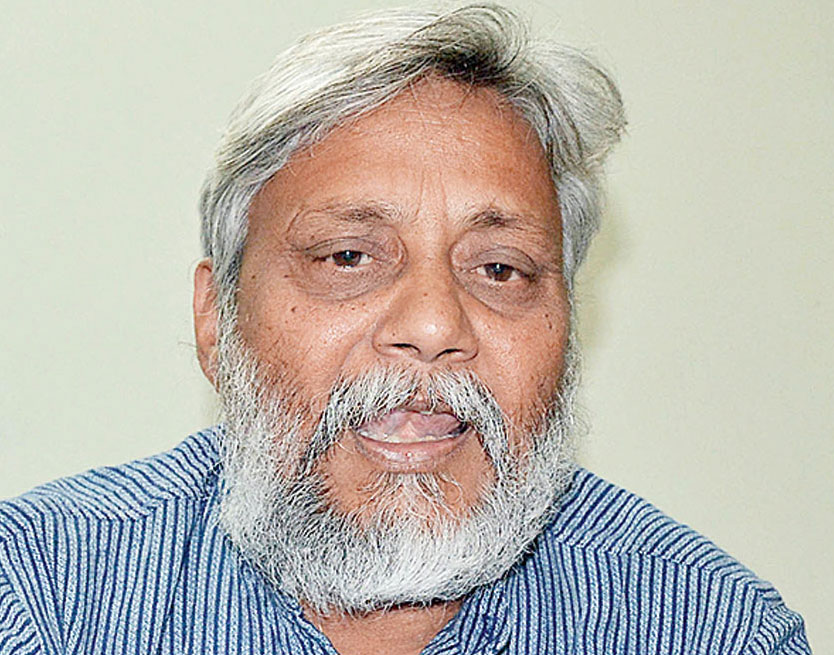The Ganga that flows through Bengal hardly retains a trace of the pristine waters originating in the Gomukh glacier that is counted among the primary headstreams of the holy river, according to river activist Rajendra Singh.
“You are not getting Ganga Jal from Gomukh here. What you are predominantly getting in Calcutta or in Ganga Sagar is a combination of treated and untreated sewage and industrial effluents. The Ganga gets increasingly polluted as it makes its way into Bengal,” Singh, who completed his 72-day-long Ganga Sadbhabana Yatra at Ganga Sagar last Friday, told Metro on his way back.
Singh, a Magsaysay winner and erstwhile member of the Prime Minister-led Ganga Basin Authority, mentioned this in his white paper at the conclusion of a two-day convention at Sagar Island.
The Waterman of India isn’t the only one to point out that the Ganga in Bengal is a pollution nightmare.
“During summer, the Ganga completely dries up near Allahabad. What Bengal gets is water from other rivers along with effluents from various sources. During the monsoon, we receive 40,000 cusecs of water from Bangladesh through the feeder channel before the Farakka barrage. This is what we know as Ganga in Calcutta,” said Kalyan Rudra, chairman of the West Bengal Pollution Control Board. “Given the fact that about 20 lakh cusecs is the Ganga’s monsoon water volume, Calcutta hardly gets 2 per cent or so of the so-called holy Ganga water.”
Nilanjan Ghosh , director of the Observer Research Foundation in Calcutta, said a series of hydroelectric dams in the upper reaches of the Ganga had almost killed the river and further minimised the flow of water from Gomukh towards Bengal.
“In any case, this gets diluted with the water added to the mainstream from several tributaries, mainly from Nepal,” he pointed out.
A recent study by a research team from Jadavpur University showed that close to 60 major drains regularly release polluted water into the Ganga in Bengal. The level of pollution is the highest along the stretch of the river flowing through Calcutta and its nearby areas.
Singh’s white paper recommends an “immediate survey, identification and notification of Ganga land” to avoid encroachment.
“We saw how the original Ganga channel, called Adi Ganga, got completely hijacked near Calcutta….There are also encroachments throughout its 2,500km stretch. Unless we immediately survey, identify and notify the Ganga stretch and its river plains, the encroachment will continue to increase,” it states.
The white paper demands a ban on building more dams and barrages over the river and suspension of four proposed hydropower projects in the upper reaches.
“Bengal should demand obirol and nirmal dhara if it wants to have holy water coming from Gomukh. Experts of the National Environment Engineering Institute have said that the continuous flow of a pollution-free Ganga is mandatory for its survival,” Singh said.

River activist Rajendra Singh Telegraph picture












